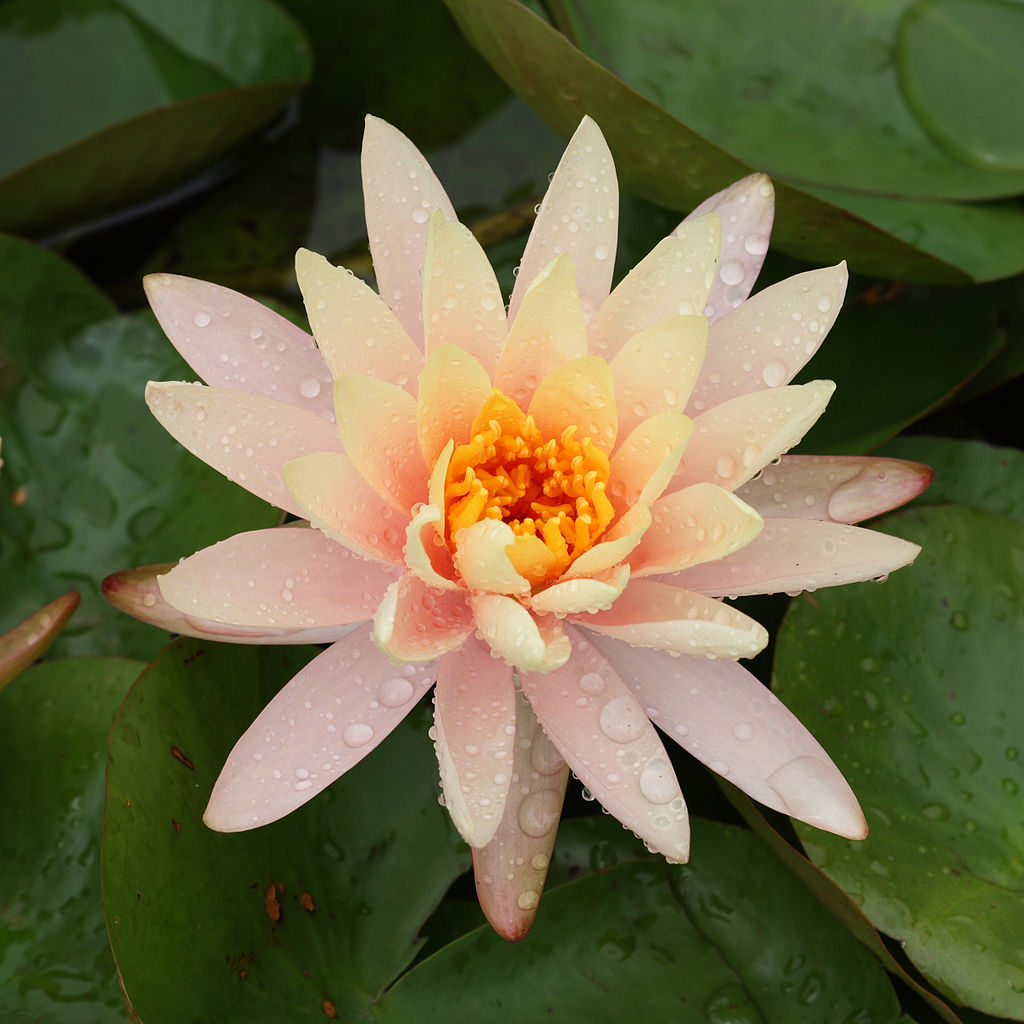I don’t know about yours, but I do have some idea of how mine are being used.
Google searches for my name and my username reveal a lot more instances than I was aware of, especially for news article illustrations.
In the “license, schmicense” category, I found this article from The Jerusalem Post, which takes a recent photo of mine (either from Flickr or Wikipedia, but more likely Wikipedia) as simply says “Photo: Courtesy:Ragesoss”.
Marginal cases include the hundreds of Google hits for “ragesoss” come from World News Network websites. This organization runs thousands of online pseudo-newspapers, such as the West Virginia Star and Media Vietnam, that aggregate content from real news organizations. Stories at all of their portals link to World News pages that have teasers for the actual articles at the original sources. And I’ve found a bunch of my photographs as illustrations on these pages. See these:
- ‘Bubba’ Bill Clinton to put buzz back in Obama
- Obama lost on the Appalachian campaign trail
- Jacksonville police officer dies in car accident
- Suicide risks studied in drugs for physical ills
Of course, my photographs are not the ones used by original articles. World News seems to have used almost every photo I uploaded from the February 4 Barack Obama rally in Hartford, to illustrate campaign news unrelated to the Hartford rally. In terms of photo credits (see the links), most of them they say “photo: Creative Commons / Ragesoss” or “photo: GNU / Ragesoss”. Nearly all of my photos on Wikimedia Commons are copyleft under GFDL and/or CC-by-sa, so non-specific credits like that do not constitute legitimate use under the terms of either license. The GFDL requires a link to the license (GFDL, not “GNU”), and CC-by-sa at least requires notice that the image is free to reuse as long as derivatives are issued under the same license (simply “Creative Commons” is not a license). It is also implicit with CC licenses that credits for my photos should include a link to my Commons userpage, since the author field on the image pages is typically a link titled “Ragesoss”, not just the text. (The third link above, among others I found, does link to the GFDL, although the photo has nothing to do with the article.)
Another major user of my photos is Associated Content, a commercial user-generated content site that pays contributors. AC is a mixed bag in terms of legitimate uses of photos, since individual contributors are responsible for selecting and crediting the illustratons for their articles. This one, which uses a photo of Ralph Nader, credits my shot as “credit: ragesoss/wikipedia copyright: ragesoss/GNU FDL 1.2”. It almost meets the basic requirements of the license (all it needs is a link to the text of the license), although a link to the source would preferable to simply mentioning Wikipedia. This one, on the other hand, just says “credit: Ragesoss copyright: Wikimedia Commons”.
Popular Science, in this article, lists the GFDL, but links it to the Wikipedia article on the license rather than the actual text.
The Bottle Bill Resource Guide links to my Commons userpage, but does not list the license or link to the image source.
Another partly-legit use is by LibraryThing, a book related site that uses several of my photos for authors (e.g., Dava Sobel). They include links back to the original image pages, but the site behaves erratically and sometimes insists on me signing in or creating an account to view the image details.
Unexpectedly, I also found several of my photos illustrating Encyclopedia Brittanica. See:
In each case, they provide a link to one of the licenses (GFDL 1.2 and CC-by-sa 3.0 unported, in these cases), although they don’t provide a userpage link. At least they seem to take the licenses seriously.
Of course, it’s much tougher to find out where my photos are being used without mentioning me at all. I suspect that the majority of uses don’t even attempt to assign credit or respect copyright. Most of the publications that are serious about copyright aren’t even willing to use copyleft licenses, preferring to get direct permission from the photographer (even if it means paying, often).
 Taking pictures to illustrate Wikipedia articles is the reason I got into photography. I started with my wife’s point-and-shoot, and pretty soon I started to appreciate the joys of photography for their own sake…and I started to experience that strong desire for better and still better equipment. A few weeks ago I finally realized my long-time goal of shooting an original Featured Picture (FP), this ‘Peach Glow’ water lily.
Taking pictures to illustrate Wikipedia articles is the reason I got into photography. I started with my wife’s point-and-shoot, and pretty soon I started to appreciate the joys of photography for their own sake…and I started to experience that strong desire for better and still better equipment. A few weeks ago I finally realized my long-time goal of shooting an original Featured Picture (FP), this ‘Peach Glow’ water lily.